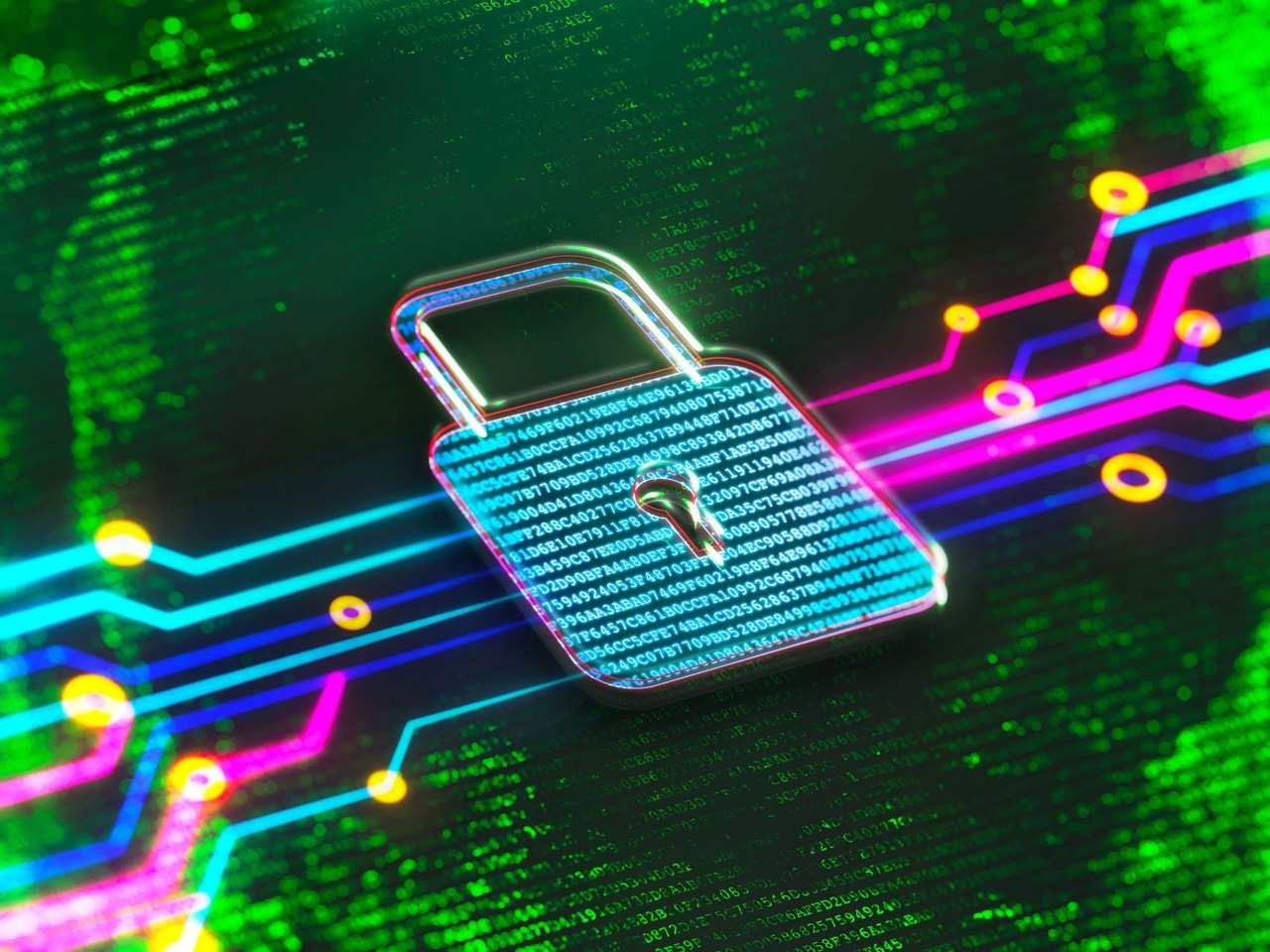Overconfidence in Cybersecurity: A Hidden RiskOverconfidence in Cybersecurity: A Hidden Risk
Overconfidence in cybersecurity leaves companies exposed. Staying ahead of evolving threats means streamlining your tools and regularly reassessing your strategy.

Overconfidence in cybersecurity is a serious and often overlooked risk. Too many companies believe that investing in the latest tools and hiring top talent guarantees safety. But it doesn't. Without constantly adapting your strategy, even the best technology won’t protect you.
The greatest danger might not come from hackers, but from your own false sense of security.
It’s easy to think that spending millions on sophisticated tools will keep threats at bay. The more rigid your approach, the more exposed you become. Cyber threats evolve constantly -- if you don’t keep up, you’re inviting risk.
Confidence Paradox: More Tools, More Blind Spots
I’ve seen this again and again: It’s what I call the “confidence paradox”. The more tools you add, the more confident you feel. But that confidence can quickly turn into dangerous blind spots.
In one of my engagements with a retail company, their cybersecurity infrastructure had grown significantly over time. They had all the bells and whistles: intrusion detection, endpoint protection. You name it, they had it. The problem was that their IT team was overwhelmed by alerts. Every day, they received so many notifications that they missed the critical ones, resulting in a breach.
This isn’t just a one-off situation. According to BlueKupros, companies with fragmented security solutions are 3.5 times more likely to experience significant security incidents. The more complex the system, the harder it is to manage, and the more likely you are to overlook crucial details.
Case Study: Uber’s Alert Fatigue
Remember Uber’s 2022 data breach? Uber’s 2022 breach shows how alert fatigue and complexity can lead to serious security failures. In this case, the attacker used multi-factor authentication (MFA) fatigue, bombarding an Uber employee with repeated MFA requests until the employee eventually accepted one, allowing unauthorized access. Once inside, the hacker escalated privileges and moved laterally through Uber's systems, accessing sensitive tools like their bug bounty program and Slack.
This breach shows how even with extensive security tools, teams remain vulnerable when overwhelmed by alerts and unable to prioritize critical threats. Uber's case shows the risk of depending too heavily on complex systems without ensuring that the human elements -- like alert management and training -- are equally robust. I’ve seen this same pattern with other clients. The issue isn’t the lack of tools; it’s that their teams can't handle the noise. When teams are focused on small fires, they tend to miss the bigger, more critical threats.
Practical Advice: Streamline, Prioritize, and Audit
So how do you avoid falling into this trap? The answer isn’t more technology: it’s smarter management of the technology you already have.
Here’s how:
Consolidate your tools: Take a close look at the tools you’re using. Do they overlap? Are they really adding value? Often, less is more. Streamline your tools to reduce clutter and help your team focus on what matters.
Prioritize alerts: Stop trying to manage everything. Use systems that prioritize alerts by severity. You’ll free up your team to focus on the threats that matter, instead of drowning in low-level noise.
Regularly audit your security: Cybersecurity is never a “set it and forget it” task; it requires continuous monitoring and improvement. You need to audit both your tools and your processes regularly. Are they still effective? Are they aligned with the latest threats? And don’t forget to evaluate the human side of things. How is your team handling their workload?
Focus on training: Your people are just as important as your tech. Continuous training ensures that your team is prepared for evolving threats and can better manage their tools. A well-trained team won’t fall into the trap of alert fatigue.
Why This Matters Now
As threats grow to be more sophisticated, companies are doubling down on technology to defend themselves. The more you rely on tools without oversight, the more exposed you become. Don’t assume you’re safe just because you’ve invested heavily in security.
By streamlining, auditing, and focusing on the human element, you can avoid the pitfalls of overconfidence. In cybersecurity, confidence should come from having the right processes and people -- not just the latest tools.
By following these steps and learning from cases like Uber, you’ll strengthen your defenses and avoid the dangers of overconfidence. It’s not about having more tech -- it’s about using it effectively.
About the Author
You May Also Like






